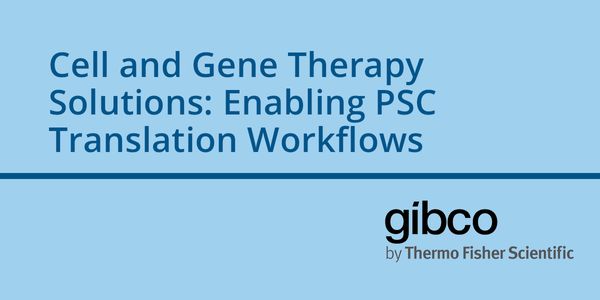Stress
Stress is often described as a feeling of being overwhelmed, worried or run-down. Stress can affect people of all ages, genders and circumstances and can lead to both physical and psychological health issues. By definition, stress is any uncomfortable "emotional experience accompanied by predictable biochemical, physiological and behavioral changes." Some stress can be beneficial at times, producing a boost that provides the drive and energy to help people get through situations like exams or work deadlines. However, an extreme amount of stress can have health consequences and adversely affect the immune, cardiovascular, neuroendocrine and central nervous systems.
-
Accurate DNA replication is essential to transmit the genetic information from one generation to another. However, replication is frequently challenged by barriers that originate from exogen...Speaker: Chames Kermi, PhD, PharmDPresented at: Drug Discovery & Development Virtual Event Series 2020
Banana (Musa spp.) is one of the major staple food crops grown in over 140 countries in the subtropics and tropics with annual global production of around 148 million metric, feeding about 50...
AUG 15, 2019 | 9:00 AM
DATE: August 15, 2019TIME: 9:00am PDT, 12:00pm EDT Radiation therapy is a critical tool for the treatment of brain tumors, however, exposure to high doses of ionizing radiation...
Whole food plant-based diets and medical cannabis have shared and continues to share similar levels of scrutiny, doubt, and stigma by the traditional medical community. One reason for the med...
FEB 27, 2019 | 8:00 AM
DATE: February 27, 2019TIME: 8:00am PST Pluripotent stem cells (PSCs) can form any tissue or cell in the body, and are the ideal starting material to manufacture...
Animal welfare is the most important issue in any in vivo laboratory. The ability to detect and intervene in cases where the conditions of animals may be deteriorating as well as the ability...
DEC 18, 2018 | 5:00 AM
DATE: December 18, 2018TIME: 7:00am CST, 8:00am EST In this webinar you will hear about a recently CE marked application for ARCHITECT STA...
DEC 06, 2018 | 9:00 AM
DATE: December 6, 2018TIME: 9:00am PST, 12:00pm EST Induced pluripotent stem cells (iPSC) intended for translational applications need to be of...
NOV 01, 2018 | 12:00 AM
During this webcast Dr. Mayumi Fujita of the National Institutes for Quantum and Radiological Science and Technology in Japan will address the method of real-time imaging of invading cells us...
As the most common female malignancy, breast cancer is the most likely reason that a woman will die of cancer around the world. Breast cancer mortality has dropped in the U.S. by 35% since 19...
Speaker:
Benjamin Anderson, MD
Lung cancer is the leading cause of cancer-related mortality worldwide. Large-scale sequencing studies have revealed the complex genomic landscape of NSCLC and genomic differences between lun...
Speaker:
Nicholas McGranahan, PhD
Two projects looking at novel approaches to targeting inflammatory breast cancer will be presented. Inflammatory breast cancer (IBC) is a unique, understudied, and most lethal subtype account...
Speaker:
Kevin Williams, PhD
The oncogenic transcription factor c-MYC (MYC) is deregulated, and often overexpressed, in more than 50% of cancers. MYC deregulation is associated with poor prognosis and aggressive disease,...
Speaker:
Jason De Melo, PhD
























